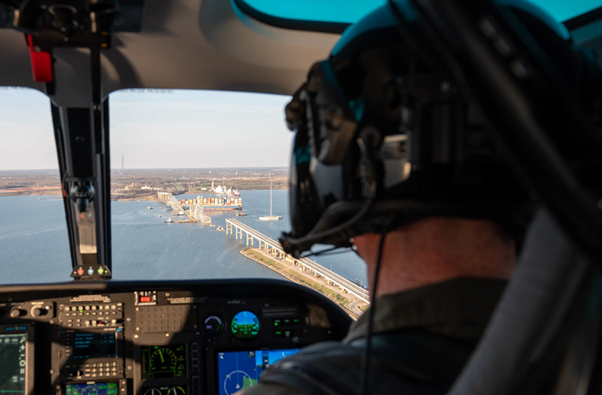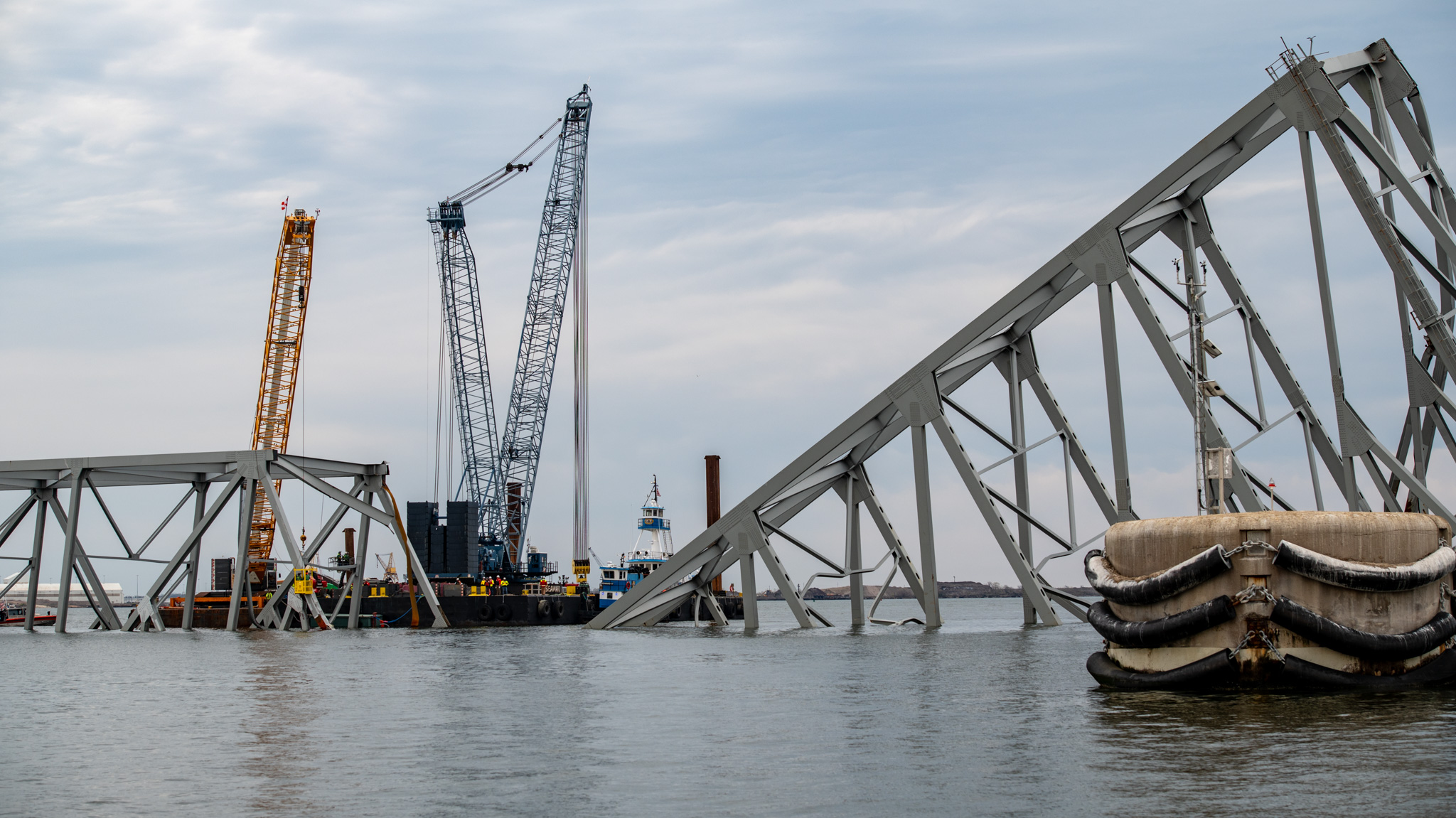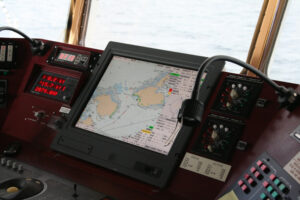
The Unified Command commenced cutting operations Saturday to remove wreckage from the Francis Scott Key Bridge collapse.
In a statement on March 30, the Unified Command announced that highly trained demolition crews are cutting the top portion of the north side of the collapsed bridge truss.
Two crane barges, a 650-ton crane and a 330-ton crane, are actively working on scene.
“The removed wreckage is scheduled to be lifted and transferred to a barge this evening as daylight allows,” the unified command said on Saturday.
A 230-ton land-based crane will offload and process the wreckage at Tradepoint Atlantic and will then be taken to a disposal site.
The Key Bridge Response 2024 Unified Command includes the U.S. Coast Guard, U.S. Army Corps of Engineers, Maryland Department of the Environment, Maryland Transportation Authority, Witt O’Brien’s representing Synergy Marine and the Maryland State Police.
The Unified Command has established a 2000-yard Safety Zone for the M/V Dali recovery efforts.
The safety zone is enforced for the protection of personnel, vessels, and the marine environment from the potential hazards associated with salvage work.
On-Scene crews continue to assess and monitor for spilled oils and hazardous substances to prevent further discharge or release into the marine environment.
There is 2,400 feet of sorbent boom deployed at the incident site, and 2,400 feet of hard containment boom with anchoring systems deployed around the vessel.
Additionally, 1,000 feet of boom is on stand-by to deploy if additional prevention supplies are required.
To remind, the Singapore-flagged container ship, DALI with a GT of 95,128, allided with the Francis Scott Key Bridge crossing the Patapsco River, Baltimore, USA at approximately 01.30 hours (local time) on 26 March 2024.
Over 30,000 vehicles cross the Francis Scott Key Bridge on a daily basis.
It’s also the top port in America for both imports and exports of automobiles and light trucks.
The Baltimore bridge collapse has prompted many companies to assess operations after the closure of the busiest U.S. port.



